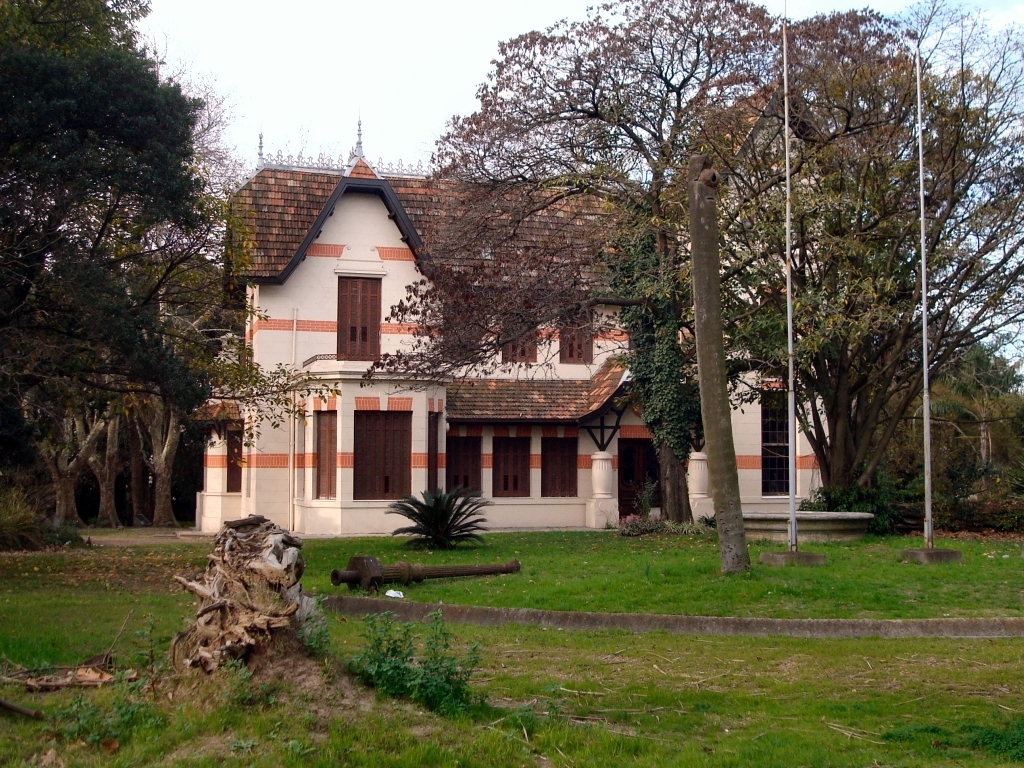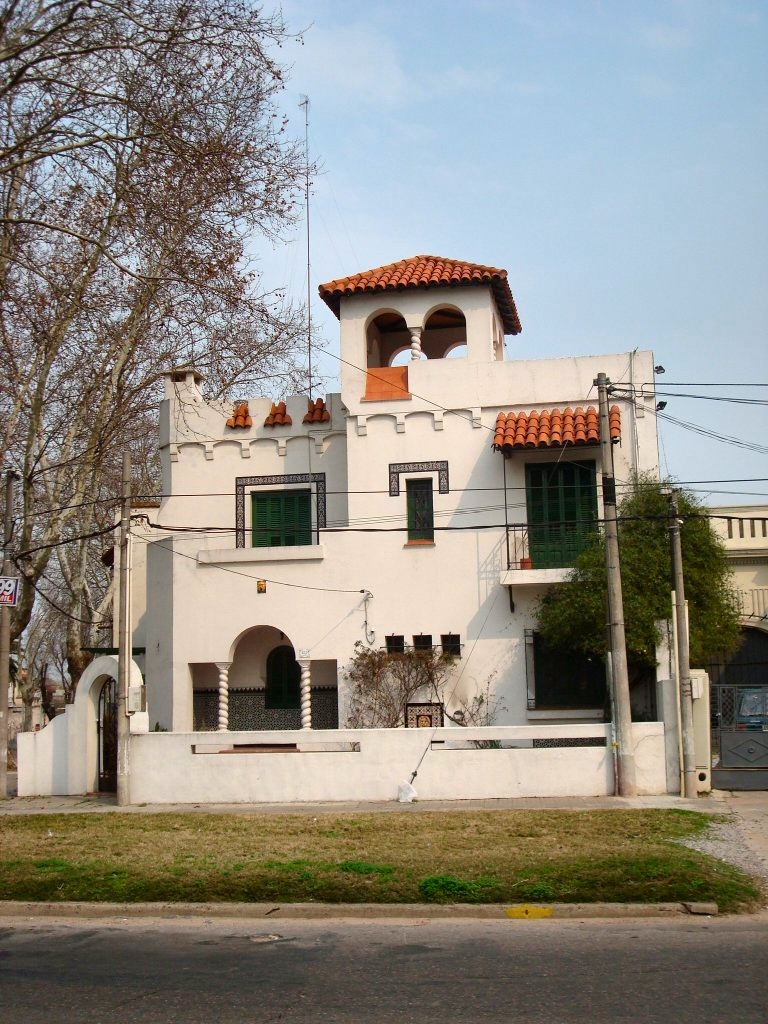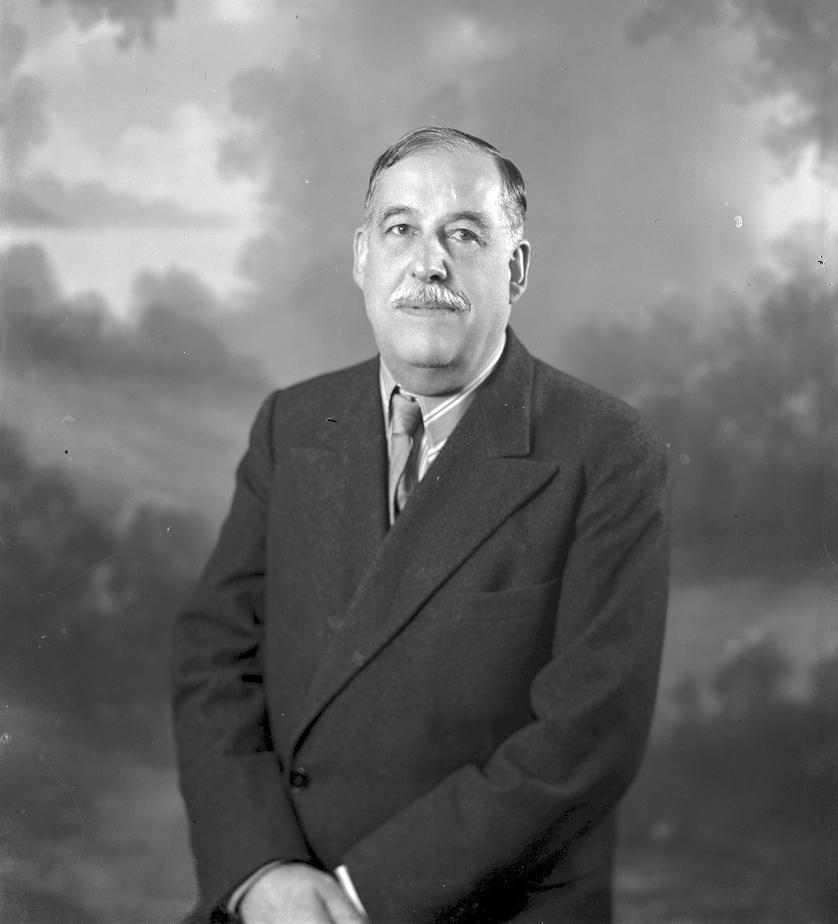|
Museo De La Casa De Luis Alberto De Herrera
Museo de la Casa de Luis Alberto de Herrera ''(translation: House Museum of Luis Alberto de Herrera)'' is a museum in the Brazo Oriental ''barrio'' of Montevideo, Uruguay. The street in which the house is situated, somewhat set back from the road, is now known as ''Avenida Dr. Luis Alberto de Herrera'' (previously ''Avenida Larrañaga''). It is surrounded by a park designed by landscape architect Charles Racine. History The building was constructed at the end of the 19th century and was the residence, among other distinguished persons, of the National Party leader Luis Alberto de Herrera, who was active in Uruguayan politics for most of the 20th century until his death in 1959. It has been annexed to the National Historical Museum in 1966. See also * List of museums in Uruguay This is a list of museums in Uruguay. * Museo del Hombre y la Tecnología * Juan Manuel Blanes Museum * Museo de la Casa de Luis Alberto de Herrera * Museum of the sea (Uruguay) * Museo Torres Gar ... [...More Info...] [...Related Items...] OR: [Wikipedia] [Google] [Baidu] |
Brazo Oriental
Brazo Oriental is a '' barrio'' (neighbourhood or district) of Montevideo, the capital of Uruguay. Brazo Oriental is a residential zone located approximately from Montevideo's centre. Location and origin of name Brazo Oriental borders La Figurita and Jacinto Vera to the south, Bolívar to the east, Cerrito de la Victoria to the northeast, Aires Puros to the northwest and Atahualpa to the west. It is delimited by Artigas Boulevard to the south, Burgues Avenue to the west and José Batlle y Ordóñez Boulevard to the north. It was reported in the press around 1910 that there had been a mortal fight with knives between a "Porteño" (Argentinian) and an "Oriental" (Uruguayan) at the corner of the actual avenues San Martín and Luis Alberto de Herrera. Although the Argentinian was younger and more agile, the fight was won by the Uruguayan thanks to the power of his arm (brazo). For many years following the event this place was called "la esquina del brazo del Oriental" (the corne ... [...More Info...] [...Related Items...] OR: [Wikipedia] [Google] [Baidu] |
Montevideo
Montevideo () is the Capital city, capital and List of cities in Uruguay, largest city of Uruguay. According to the 2011 census, the city proper has a population of 1,319,108 (about one-third of the country's total population) in an area of . Montevideo is situated on the southern coast of the country, on the northeastern bank of the Río de la Plata. The city was established in 1724 by a Spanish soldier, Bruno Mauricio de Zabala, as a strategic move amidst the Spanish people, Spanish-Portuguese people, Portuguese dispute over the La Plata Basin, platine region. It was also under brief British invasions of the Río de la Plata, British rule in 1807, but eventually the city was retaken by Spanish criollos who defeated the British invasions of the River Plate. Montevideo is the seat of the administrative headquarters of Mercosur and ALADI, Latin America's leading trade blocs, a position that entailed comparisons to the role of Brussels in Europe. The 2019 Mercer's report on qual ... [...More Info...] [...Related Items...] OR: [Wikipedia] [Google] [Baidu] |
Uruguay
Uruguay (; ), officially the Oriental Republic of Uruguay ( es, República Oriental del Uruguay), is a country in South America. It shares borders with Argentina to its west and southwest and Brazil to its north and northeast; while bordering the Río de la Plata to the south and the Atlantic Ocean to the southeast. It is part of the Southern Cone region of South America. Uruguay covers an area of approximately and has a population of an estimated 3.4 million, of whom around 2 million live in the metropolitan area of its capital and largest city, Montevideo. The area that became Uruguay was first inhabited by groups of hunter–gatherers 13,000 years ago. The predominant tribe at the moment of the arrival of Europeans was the Charrúa people, when the Portuguese first established Colónia do Sacramento in 1680; Uruguay was colonized by Europeans late relative to neighboring countries. The Spanish founded Montevideo as a military stronghold in the early 18th century bec ... [...More Info...] [...Related Items...] OR: [Wikipedia] [Google] [Baidu] |
National Party (Uruguay)
The National Party ( es, Partido Nacional, PN), also known as the White Party ( es, Partido Blanco), is a major political party in Uruguay. It was founded in 1836 by Manuel Oribe, making it the country's oldest active political party, and together with the Colorado Party, its origin dates back to the time of the creation of the Uruguayan State. Positioned on the centre-right of the political spectrum, the National Party is ideologically liberal, nationalist, Pan-Americanist and humanist. Considering the interim co-government of the ''Gobierno del Cerrito'' headed by Manuel Oribe, and the Defense Government from Montevideo led by the Colorado Joaquín Suarez, in the middle of the Uruguayan Civil War, and with the exception of the current administration of Luis Lacalle Pou, the PN has ruled the country for 35 years interruptedly throughout its history; This includes constitutional, interim, de facto presidents, and collegiate governments. Although General Manuel Oribe is recogn ... [...More Info...] [...Related Items...] OR: [Wikipedia] [Google] [Baidu] |
Luis Alberto De Herrera
Luis Alberto de Herrera (Montevideo, 22 July 1873 – 8 April 1959) was a Uruguayan lawyer, diplomat, journalist and politician. Political and diplomatic roles A national leader of great importance during the first half of the 20th century, he led the National Party through the most decisive instances along five decades. His own political movement is known as Herrerismo. From 1902 to 1904, he was Uruguayan Minister Plenipotentiary to the United States. From 1925 to 1927 he served as President of the National Council of Administration, or Prime Minister, during the presidency of José Serrato. In 1933, he took part at the Convention on Rights and Duties of States adopted by the Seventh International Conference of American States. Particularly after 1933, he was tactically close to his nominal Colorado Party opponent, President Gabriel Terra. :es:Luis Alberto de Herrera#Participación en el golpe de Estado de Gabriel Terra He stood for the presidency several times without su ... [...More Info...] [...Related Items...] OR: [Wikipedia] [Google] [Baidu] |
List Of Museums In Uruguay ...
This is a list of museums in Uruguay. * Museo del Hombre y la Tecnología * Juan Manuel Blanes Museum * Museo de la Casa de Luis Alberto de Herrera * Museum of the sea (Uruguay) * Museo Torres García * National Museum of Natural History, Uruguay * National Museum of Visual Arts (Uruguay) * Story of the Andes Survivors Museum * Museo de Artes Decorativas (Palacio Taranco) * Museo de Arte Precolombino e Indigena (Montevideo - Uruguay) * Museo Paleontologico (Colonia del Sacramento - Uruguay) * Colonel Jaime Meregalli Aeronautical Museum See also * List of museums in Montevideo * List of museums by country {{DEFAULTSORT:Museums in Uruguay Uruguay Museums Museums Uruguay Museums A museum ( ; plural museums or, rarely, musea) is a building or institution that cares for and displays a collection of artifacts and other objects of artistic, cultural, historical, or scientific importance. Many public museums make these ... [...More Info...] [...Related Items...] OR: [Wikipedia] [Google] [Baidu] |
Herrerismo
Herrerism is the Centre-right politics, centre-right political faction of the National Party (Uruguay), National Party of Uruguay. History and prominent members Herrerism is named after the leader and founder of the faction, Luis Alberto de Herrera (1873–1959). His grandson, Luis Alberto Lacalle (1941–), President of Uruguay from 1990 to 1995, has long exercised a leading role in the group. Herrera's great-grandson Luis Alberto Lacalle Pou has also been elected president under the sponsorship of the group. Ideology The ideology of Herrerism is built on a foundation of economic liberalism and liberal conservatism, although earlier in its history it took on more anti-imperialist and Conservatism, traditionalist policies. See also * Politics of Uruguay * National Party (Uruguay)#History * List of political families#Uruguay References *:es:Luis Alberto Lacalle Pou Eponymous political ideologies National Party (Urugu ... [...More Info...] [...Related Items...] OR: [Wikipedia] [Google] [Baidu] |
Museums In Montevideo
A museum ( ; plural museums or, rarely, musea) is a building or institution that cares for and displays a collection of artifacts and other objects of artistic, cultural, historical, or scientific importance. Many public museums make these items available for public viewing through exhibits that may be permanent or temporary. The largest museums are located in major cities throughout the world, while thousands of local museums exist in smaller cities, towns, and rural areas. Museums have varying aims, ranging from the conservation and documentation of their collection, serving researchers and specialists, to catering to the general public. The goal of serving researchers is not only scientific, but intended to serve the general public. There are many types of museums, including art museums, natural history museums, science museums, war museums, and children's museums. According to the International Council of Museums (ICOM), there are more than 55,000 museums in 202 countries ... [...More Info...] [...Related Items...] OR: [Wikipedia] [Google] [Baidu] |
Historic House Museums In Uruguay
History (derived ) is the systematic study and the documentation of the human activity. The time period of event before the invention of writing systems is considered prehistory. "History" is an umbrella term comprising past events as well as the memory, discovery, collection, organization, presentation, and interpretation of these events. Historians seek knowledge of the past using historical sources such as written documents, oral accounts, art and material artifacts, and ecological markers. History is not complete and still has debatable mysteries. History is also an academic discipline which uses narrative to describe, examine, question, and analyze past events, and investigate their patterns of cause and effect. Historians often debate which narrative best explains an event, as well as the significance of different causes and effects. Historians also debate the nature of history as an end in itself, as well as its usefulness to give perspective on the problems o ... [...More Info...] [...Related Items...] OR: [Wikipedia] [Google] [Baidu] |




.jpg)